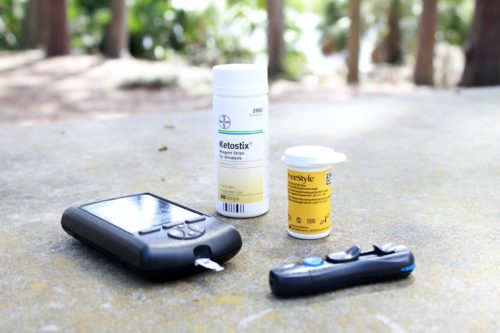
Home Health Home Health Nursing Narrative Notes Documentation Template for Foley Catheter
On the genitourinary section, we significantly deal with bladder control, UTIs, prostate issues in males, urinary catheters, urostomy, nephrostomy, CKD, and dialysis. In this blog, we present the essential findings that need to be reported for foley catheter on the nursing narrative notes for home health Start of Care assessment, follow up assessments such as Recertification, Resumption of Care and Discharge assessments, weekly visit notes and patient education needed to educate the patient and caregiver during the weekly visit notes.
The narrative on OASIS assessment and weekly visit notes is very important to support the home health care services provided to the patient. It is also important to get the correct reimbursement, improving the agency rating with documentation as well as supporting any recertifications needed.
The information provided here can be used as a template for home health nursing note documentation requirements for foley catheters.
Documentation for Start of Care Assessment for Foley Catheter
Collect information regarding the following during your Start of Care assessment:
- Indwelling catheter use or intermittent use of catheter
- Indication for urinary catheter use – as to why is the catheter being used in the first place. Patients can use urinary catheter due to various indications such as, exacerbation of BPH, obstruction to normal urine flow for any reason, inability to completely empty the bladder with urine back-up and retention, bladder spasms with frequent wetting, immediate post-surgical states, need for accurate measurement of urine output, and so on. Collecting the detail regarding indication for use can help address the basic pathology with appropriate nursing relief measures.
- Date of first catheter insertion
- Patient/caregiver independence with daily catheter & drainage bag maintenance and care
- Caregiver resource and patient/caregiver independence with catheter change
Documentation for Weekly Visit Notes for Foley Catheter
Clinicians should collect the following information on foley users during every patient visit
- Date catheter changed last
- Catheter size in use
- Volume of fluid used to inflate the balloon
- Availability of supplies
- Any issues with drainage of urine into the collection bag
- Need for catheter irrigation if any
- Any abnormal coloration noted or reported to urine in the bag
- Any gross abnormalities with urine volume collecting into the bag, especially very low volume
- Any active signs and symptoms of UTI
Checks to be Performed During Every Visit for Foley Catheter
Clinicians should check for the following on foley users during every patient visit
- Drainage bag placement and leg bag securement
- Any kinks in the tubing
- Color and volume of urine in the bag
- Any signs of hematuria or bloody tinge to the urine
- Any foul smell noted or reported to the urine drained from the bag
- An approximate volume of 24-hour urine
Patient Education for the Episode for Foley Catheter
- Over the episode, educate and re-instruct the patient/caregiver regarding daily catheter care and irrigation, compliance with fluid volume intake recommendations, and UTI prevention measures.
- Reinforce instructions regarding proper height of bag placement, timely emptying of the bag, and bag changes.
- If the indication for catheter use is for prolonged period of time and the patient cannot be trained on catheter care and change due to functional deficits, such as, bedbound status or dementia, check for a resource who can get trained on the task and provide the needed instruction.
Documentation for the Follow-up Assessments for Foley Catheter
During all follow-up assessments such as recertification, resumption of care and discharge assessments, add notes regarding the following:
- Continuing indication for catheter use and any changes to indications for catheter use over the episode, and so on.
- Any UTIs presented with during the episode
- Patient/caregiver independence with daily catheter & drainage bag maintenance and care
- Patient/caregiver independence with catheter change and continuing SN need for the same
- Patient education provided regarding catheter care and compliance with the instructions provided.
Editor's Pick
Leave A Comment
Related Posts
Transition from OASIS-E to OASIS-E1: Key Changes and Implications for […]
Importance of Clinical Narrative and Nurse Teachings while Documenting Home Health OASIS Assessments
Importance of Clinical Narrative and Nurse Teachings while Documenting Home […]
Navigating the Complexities of Medicare and Medicaid Reimbursement for Home […]
Engaging Your Team Around the IPR: Turning Data into Motivation […]
Engaging Your Team Around the IPR: Turning Data into Motivation […]
